- About us
- Support the Gallery
- Venue hire
- Publications
- Research library
- Organisation chart
- Employment
- Contact us
- Make a booking
- Onsite programs
- Online programs
- School visit information
- Learning resources
- Little Darlings
- Professional learning
The Rt Hon Sir John Gorton GCMG AC CH (1911–2002), elected Liberal prime minister of Australia in 1968, resigned from the office in 1971 after a party motion of confidence resulted in a tied vote. Gorton had been elected in the Menzies landslide of 1949, but adopted policies significantly different from those of the Menzies era. Candid, brusque and irreverent, with cigarette perpetually in hand, he won the leadership of the Liberal Party after the death of Harold Holt. Considering himself ‘Australian to the boot heels’, he initiated the withdrawal of Australian troops from Vietnam and restricted opportunities for overseas control of Australia’s natural resources. It was hoped that he would be able to stand up to the aggressive new Labor leader, Gough Whitlam, but his most damaging opponents were to be conservatives from within his own party. He resigned from the Liberal Party after Malcolm Fraser won the leadership in 1975, and ended his career as an independent.
The National Portrait Gallery has the terracotta head of Gorton that Greenhalgh made as the basis for his bronze head in the Ballarat gardens. This bronze was also cast from that terracotta version.
Collection: National Portrait Gallery
Cast 1999 from terracotta donated by Paul and Wendy Greenhalgh 1999
© Estate of Victor Greenhalgh
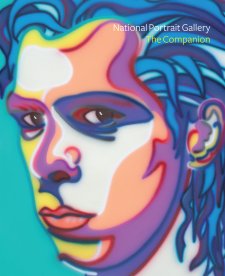
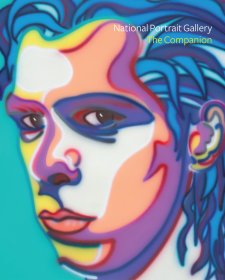

On one level The Companion talks about the most famous and frontline Australians, but on another it tells us about ourselves.
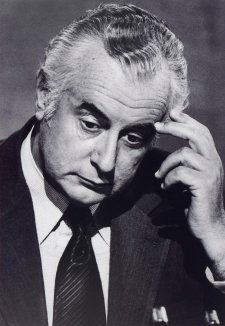
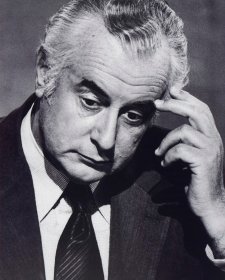
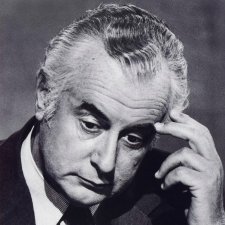
1 November 2014
On the day before the Hon. E. G. Whitlam, AC, QC, died last month, at the great age of 98, there were seven former prime ministers of Australia still living, plus the incumbent Mr. Abbott – eight in all.
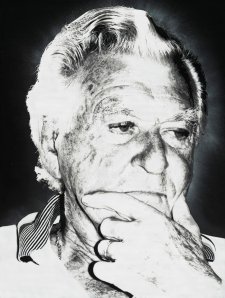

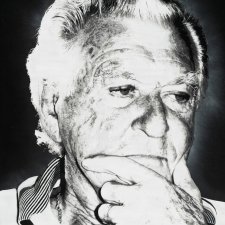
Seventeen of Australia’s thirty prime ministers to date are represented in the contrasting sizes, moods and mediums of these portraits.